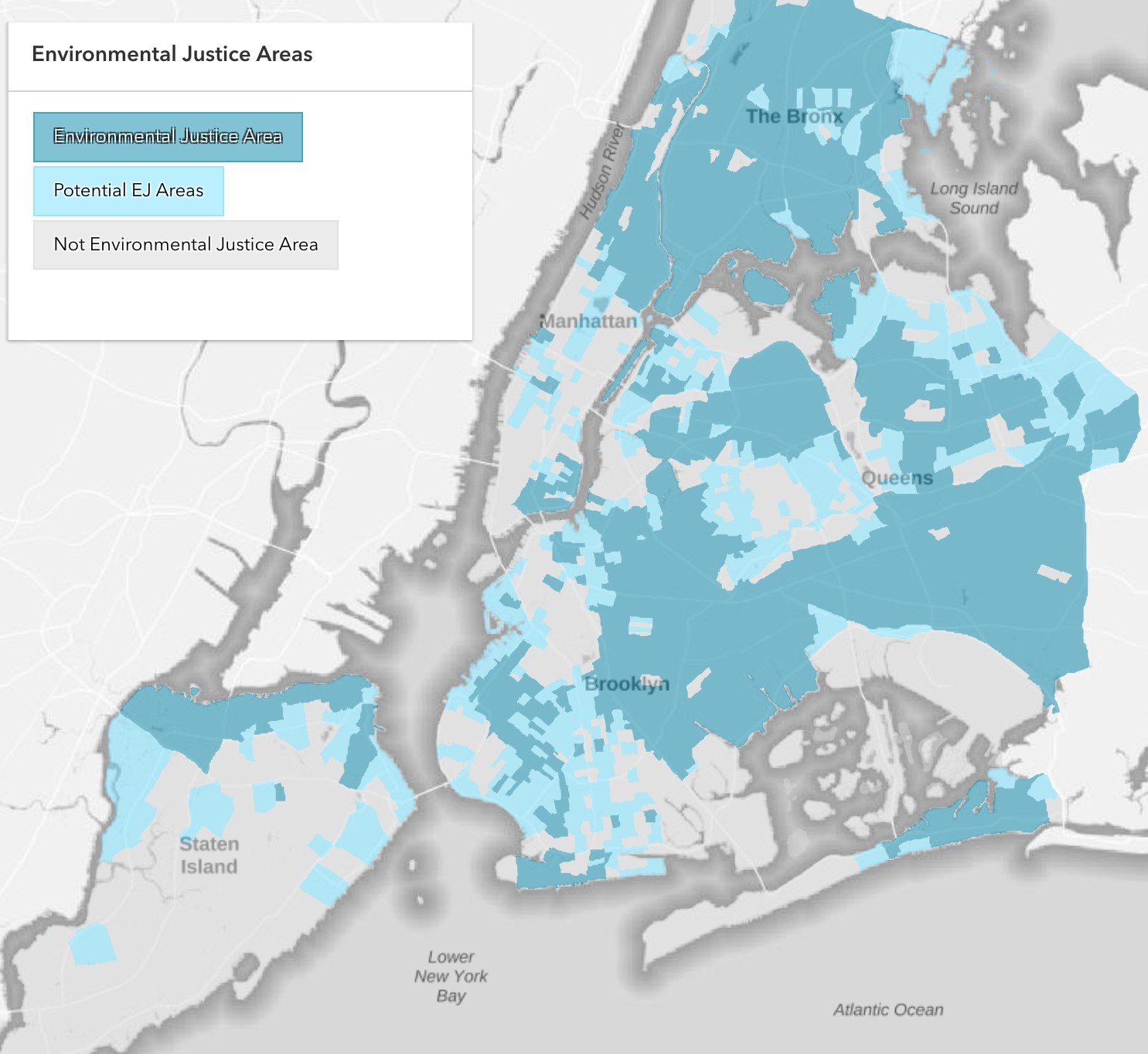
Problems
Rain Garden Action In Neighborhoods
Bronx River Alliance | Gowanus Canal Conservancy | Green City Force | Guardians of Flushing Bay | The HOPE Program | Newtown Creek Alliance
“When Hurricane Ida hit in September 2021, it brought the heaviest rainfalls NYC has ever seen. The rains lasted eight hours and fell at an unprecedented level of intensity that exceeded the capacity of the City’s sewer system.
Tragically, 13 people lost their lives, 11 of whom were horrifically trapped in basement apartments.”
- NYC Comptroller Lander press release, October 5, 2023.
Climate Change is Here. NYC must adapt.
Reduce flash flooding.
Clean up waterways polluted by combined sewer overflow.
Ensure a Just Transition by creating green jobs for communities most affected by climate change.
The Bronx River Parkway following Hurricane Ida in 2021
Sewage in our Waterways. The Federal Clean Water Act mandates that NYC dramatically reduce the amount of bacterial pollution in our waterways.
Draft NYC EJ map, NYC Mayor’s Office of Climate and Environmental Justice, retrieved October 2023.
Climate Change is causing more frequent and intense rain storms—and flooding.
-
Over the past several years, NYC has experienced increasing “cloud burst” events: intense rainstorms that drop huge amounts of water across the city, overwhelming drains and waterways. This has led to deadly flooding, including Hurricane Ida in September 2021 that caused 13 deaths in NYC alone. Most of the lives lost were people tragically trapped in basement apartments.
September 2023 was NYC’s wettest month in over 140 years, capped off by Tropical Storm Ophelia that hit the City on September 29 flooding subways, tunnels, and roads. NYC’s Chief Climate Officer Rohit Aggarwala stated, “this changing weather pattern is the result of climate change, and the sad reality is our climate is changing faster than our infrastructure can respond.”
For more information read Toward a Rainproof NYC, a report by Rebuild by Design and One Architecture + Urbanism.
-
Every time it rains, raw sewage is released into NYC waterways, threatening public and environmental health. Not to mention it turns off people from enjoying the waterfront!
In fact, every year, 27 billion gallons of raw sewage is released into local waterways due to NYC’s combined sewer system. And with intense rain storms increasing, sometimes this sewage backs up into people’s homes.
Green infrastructure—rain gardens, green roofs, rain barrels—is an essential tool to help NYC meet its water quality targets. Each rain garden can hold 2500 gallons of stormwater, which helps reduce
NYC published a Green Infrastructure Plan in 2010 but has not been able to meet its targets for construction and maintenance.
Read even more here.
Social and Environmental Injustice means climate change’s biggest threats are inflicted on communities that already suffer from past harms.
-
The harms of climate change are not shared equally among all groups. Black and brown communities are disproportionately impacted.
The RAIN Coalition stands in solidarity with the environmental justice movement in calling for a Just Transition to climate smart communities.
RAIN applauds the fact that 78% of NYC’s 12,000 rain gardens are located in Environmental Justice areas. However, lack of proper maintenance undermines these efforts.
Moreover, RAIN believes that NYC has a tremendous opportunity to provide economic justice by developing a green infrastructure maintenance program that is wedded with workforce development in communities most impacted by climate change.
As Mayor Adams said himself in 2022 as the City launched a commitment to build thousands of additional rain gardens, “this is more than just infrastructure … this is how we can create good jobs because it’s about also using one solution to address a multitude of problems.”
Beyond bearing the brunt of the impacts of climate change, low income communities and communities of color also lack access to public green spaces. Public green spaces have many physical and mental health benefits and serve as critical green infrastructure to mitigate stormwater flooding and the urban heat island effect.



